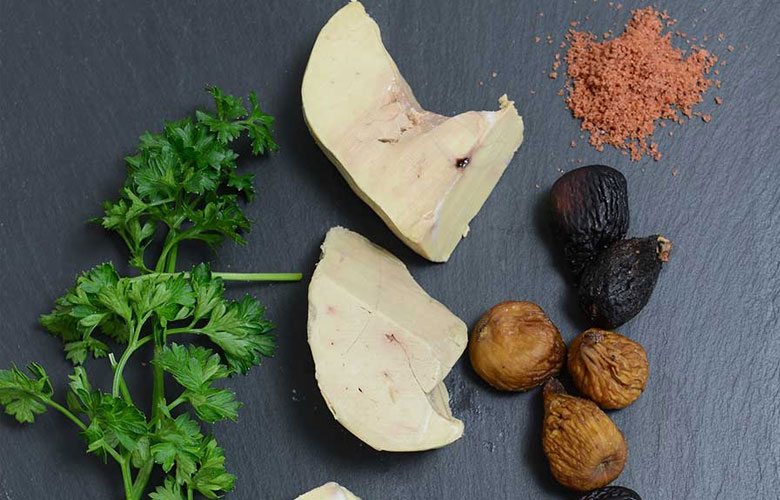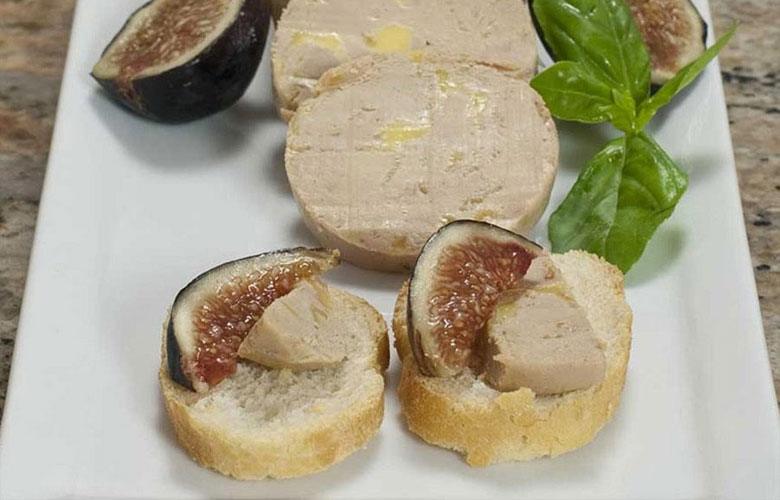Long considered the epitome of gourmet indulgence, Foie Gras is judged by the refined palate of the gourmand to be the pinnacle of the dining experience. Loved for its rich flavor profile and silken creamy texture, this fine-dining staple is a surprisingly polarizing ingredient. From the Mulard to mousse, we tell you how this delicacy goes from the pen to your pantry and the reason behind the debate surrounding it.
The Method
Made from the liver of duck or goose, Foie Gras translates directly from the French as “fat liver”. Using an ancient feeding technique known as ‘gavage’, the fowl are fed high-grain diets to create the luxurious texture and large size we associate with premium foie. Though synonymous with Gaulish cuisine, this ingredient has been around much longer, and the technique dates back to ancient Egypt.
The Fowl
Although goose was the original source of foie gras, today duck is a popular alternative. Duck foie gras is produced from the liver of the Mulard, a cross between Pekin and Muscovy ducks. This species is very resilient against disease and is easier to rear. Thanks to these characteristics, duck has become the more popular choice for foie gras farming. Offering slightly different flavors and textures: duck also brings a more robust profile and a lower price point.

The Controversy
Long the target of the most vitriolic rhetoric, Foie Gras is considered by activists to be a product of animal abuse and the gavage process a cruel practice. Videos and photographs of birds confined to small cages or with a metal tube down their throats would lead the uninformed to agree. These pictures, however, do not represent the majority of farms and certainly not any of the three located within the United States.
Carefully monitored and regulated, these farms look more like duck paradise than the nightmare we are told to believe they are. With fresh water, spacious pens, and fields in which to waddle, these well-cared-for birds live a calm and serene existence and, in comparison to other commercially farmed animals, living under much better circumstances.
The Rebuttal
The real issue surrounds the topic of gavage, the feeding technique that involves placing a plastic tube down the bird’s throat to allow food to go directly into their crop. However, what seems an intrinsically cruel practice loses its edge when we consider the physiology of waterfowl.
Ducks and other fish-eating aquatic birds are designed to swallow whole, scaley fish and have extremely tough and stretchy esophagi to allow for this. A smooth and malleable plastic tube, then, in comparison, causes no discomfort. In fact, at farms like La Belle, located in upper New York state, the ducks line up at feeding time, ready, even eager for the process to begin.
Equipped with yet another physical feature that makes gavage not the torturous experience it is said to be. Ducks breathe through their tongues instead of their noses or throats, allowing them to hold a solid object in their throat comfortably without it ever interfering with their breathing.

Lastly, even when living in the wild, migratory birds will eat large volumes of food on their own, which becomes excess fat stored in their livers and skin. They do this in anticipation of long fasts during migration. In a sense, these types of fowl were uniquely designed to comfortably handle the gavage method.
The Conclusion
Long considered an essential part of any fine dining experience, instead of being banned foie gras should be celebrated. And the modern farms that we source from, like La Belle and Hudson Valley, that make every effort to create an idyllic habitat for their birds should be supported and encouraged.
Let's transform the way the world sees Foie Gras and insert some fact-based reasoning into an argument so fueled by emotions and misconceptions. So that the next time you’re presented with an opportunity to order something delicious off the menu, you’ll choose the Foie Gras.